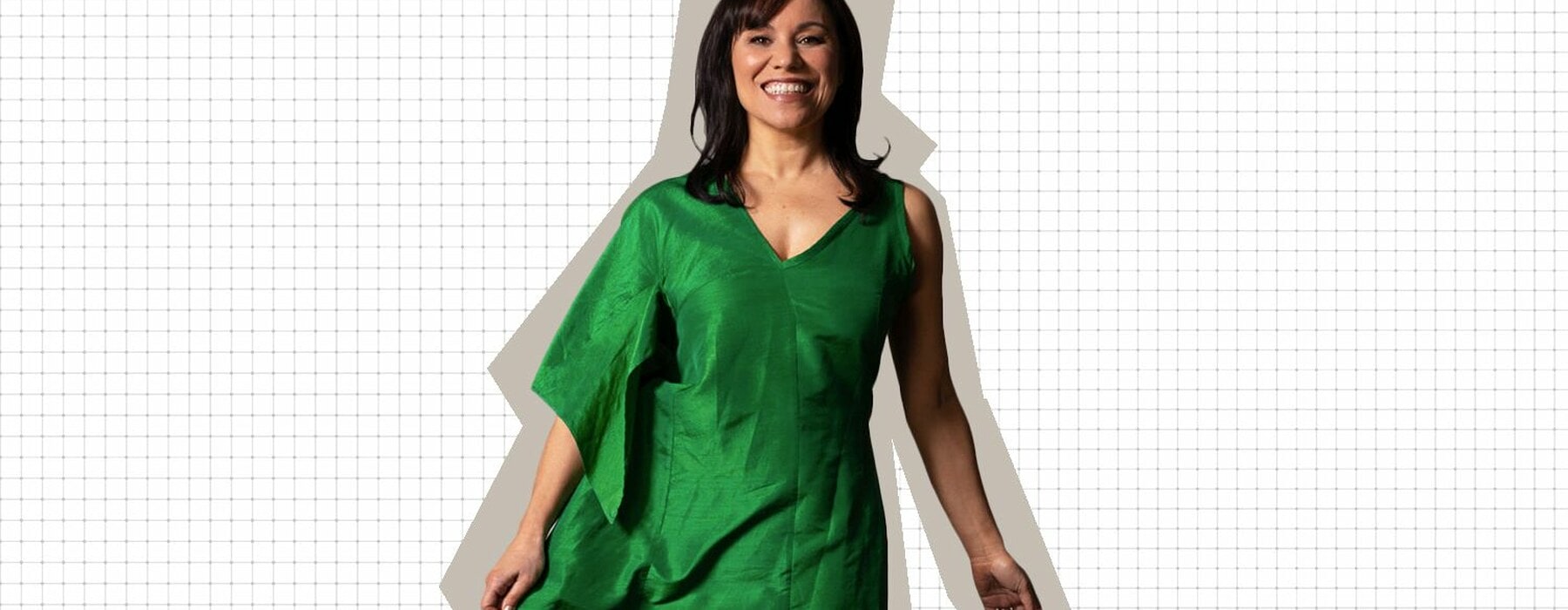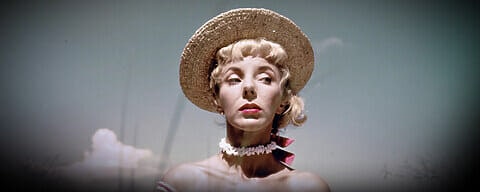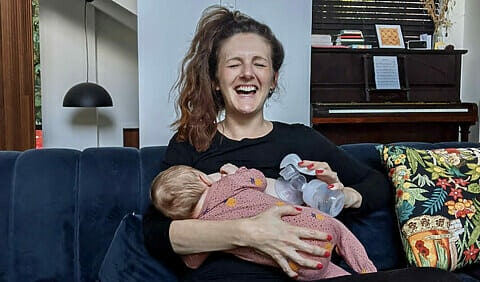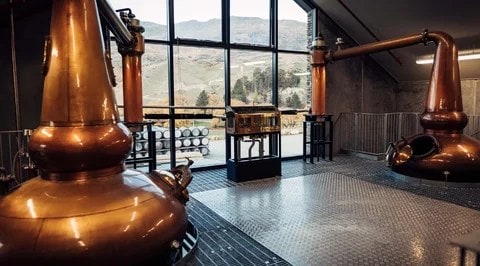Perfect pronunciation is tino pai, but effort and intention go a long way when learning to communicate in te reo, says Stacey.
As much as I try to encourage people to respect, learn, speak and enjoy te reo Māori – in media work, tutoring, as an author, a māmā and friend – I realise that sometimes I freak people out.
Particularly in work settings, I see this very small pause and a flash of panic in their eyes when people have just said, or are about to say, a Māori word in front of me. I almost see their minds thinking, “Argh, did I say that right?” or, “Oh my gosh, I’m about to say that Māori word, shall I try to use an English word instead?”
Then they might say something like: “So to start we will have the… (slight pause) karakia, and then would you like to… (considering how to avoid saying mihi) say something?”
I try to casually reassure them by repeating the word they said in the conversation to affirm what they said was correct.
But I don’t miss the “look” and even though I’m only aiming to encourage people, I can see that sometimes they worry about getting it wrong in front of me, or anyone they know who is a Māori speaker. To try and ease some concern, I can say that good intentions and effort with te reo Māori are always appreciated, and it’s also OK to give it a go and not quite nail it – that’s how we all learn.
Concerted effort and practice gets results, because no one ever became a better Māori speaker by not speaking! Sometimes people are worried they’re not using words in the right context or understanding parts of formal or public events, and it’s fair to say these are key things to know, so let’s go over some them.
A pōwhiri is the full, traditional Māori welcoming ceremony you’ll experience at marae, and these days also at schools, some offices and public events. In the most formal events, there may be a wero (challenge) from a toa (warrior) who is sent out to the ensure the manuhiri (guests) come in peace. Then a karanga (ceremonial call) from women will ring out, and that will be returned by a kaikaranga – a woman who performs karanga from the manuhiri side.
A less formal version of a pōwhiri is known as a whakatau and is common at workplaces to welcome new staff or important guests. There will not be a wero, there may or may not be a karanga, but there will be karakia. Karakia comes in many forms, and although it may be referred to as a blessing, that doesn’t really cover all that karakia achieve. They may open an event, a whare, launch safe travels, infuse mauri (life force), end an event, heal, give thanks for food – there’s many different forms and types of karakia. The formal speeches are known as whaikōrero and there will be waiata to support each speech.
A less formal type of introduction is called a mihi, when someone gives a greeting, and it may include pepeha – a tribal saying that expresses the landmarks, connections and whakapapa lines of a person. This is where you’ll hear people say, “Ko … te maunga” (“… is my mountain”), and express the important aspects of their hapū and iwi.
That’s a super short and speedy round-up of some terms you may come across, but as I say, I’m hoping you can at least feel a little more confident about what you’re talking about – and even if you do have to pause before you say it, take that deep breath and kōrero!








